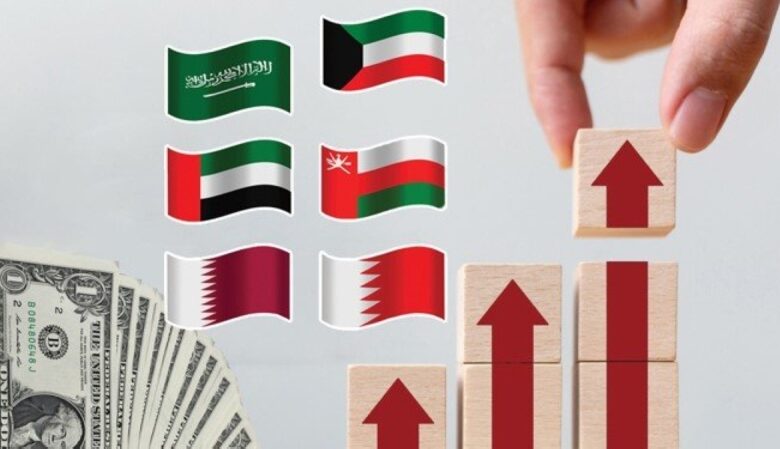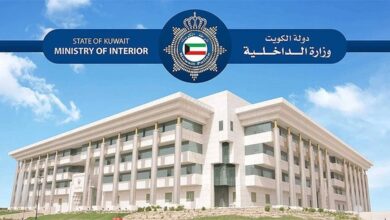
The Gulf Statistical Center announced that the Gulf Cooperation Council’s estimated budget expenditure for 2025 has reached $542.1 billion, while government revenues are expected to total $487.8 billion, resulting in an anticipated budget deficit of $54.3 billion.
The center explained that oil revenues remain the primary source of income for the GCC countries. Member states continue to adopt a cautious approach when calculating the break-even oil price in their national budgets to shield their economies from fluctuations in global energy markets and broader international economic instability, reports Al-Rai daily.
Despite various challenges, government revenues across the Gulf are projected to remain stable, supported by moderate to high oil prices. The report also highlighted that most GCC countries have planned for increased government spending in 2025 compared to 2024. This rise in expenditure is viewed as a key driver of economic growth throughout the region.
The report emphasized that Gulf states are actively working to complete major infrastructure projects and stimulate key sectors to advance long-term strategic development goals. To manage projected deficits, the countries intend to draw from financial reserves and borrow from both domestic and international sources.
Kuwait recorded a gross domestic product (GDP) of $39.8 billion at current prices in the fourth quarter of 2024, ranking fourth among the GCC countries, following Saudi Arabia, the UAE, and Qatar.
According to the Gulf Statistical Center, Kuwait’s non-oil sector accounted for 59.6 percent of its GDP at current prices, while the oil sector made up 40.4 percent—the highest oil-sector contribution in the Gulf. The report also noted a quarterly growth rate of 2.1 percent compared to the third quarter.
At constant prices, Kuwait’s GDP reached $34 billion, with 46.6 percent derived from the oil sector. The financial intermediation and real estate sectors made a significant contribution, accounting for 17.8 percent of GDP.
This was followed by the education, health, social work, and other service-related sectors, which contributed 12.6 percent, while the manufacturing sector accounted for 8.3 percent. The remaining 20.9 percent came from a variety of other activities. The report noted that Kuwait’s financial and real estate brokerage activities represent a larger share of GDP than in other Gulf states.
Across the region, the combined GDP of the GCC countries at current prices reached $587.8 billion in the fourth quarter of 2024, the highest quarterly figure recorded in the year. Of this, 22.1 percent came from oil-related activities, while 77.9 percent was driven by non-oil sectors.
Among non-oil contributions, manufacturing industries accounted for 12.5 percent, real estate activities for 5.7 percent, wholesale and retail trade for 9.9 percent, finance and insurance for 7 percent, construction for 8.3 percent, and public administration and defense for 7.5 percent. A wide range of other economic activities contributed 27 percent.
In Saudi Arabia, GDP during the same period reached $311.9 billion, with the non-oil sector contributing 82.5 percent. The Kingdom was notable for the size of its wholesale and retail trade sector, along with restaurants and hotels, which together accounted for 11.7 percent of the economy—sectors not represented in the same way across the rest of the GCC.
The United Arab Emirates saw notable contributions from its transportation and storage sector, which made up 5.2 percent of the economy, while the financial and insurance sectors contributed 9.9 percent, and wholesale and retail trade reached 14.5 percent. In Bahrain, public administration and defense contributed 8 percent, transportation and storage 4.1 percent, and education 3.9 percent.
Oman’s economy in the same period saw 7.1 percent coming from construction, 10.1 percent from manufacturing, and 9.1 percent from public administration and defense. In Qatar, the construction sector represented 11.8 percent of economic activity, with 7.9 percent coming from wholesale and retail trade and 6 percent from real estate.
When measuring GDP in U.S. dollars, Saudi Arabia led with $311.9 billion, followed by the UAE with $140.4 billion, Qatar with $55.7 billion, Kuwait with $39.8 billion, Oman with the equivalent of $27.5 billion in Omani riyals, and Bahrain with $12.5 billion.
In terms of oil-sector contributions to GDP, Kuwait topped the list with 40.4 percent, followed by Qatar with 35.8 percent, Oman with 32.1 percent, the UAE with 20.6 percent, Saudi Arabia with 17.5 percent, and Bahrain with 13 percent.
The data underscores the progress Gulf states have made in diversifying their economies while highlighting the enduring importance of oil revenues in shaping fiscal policy and economic performance.












